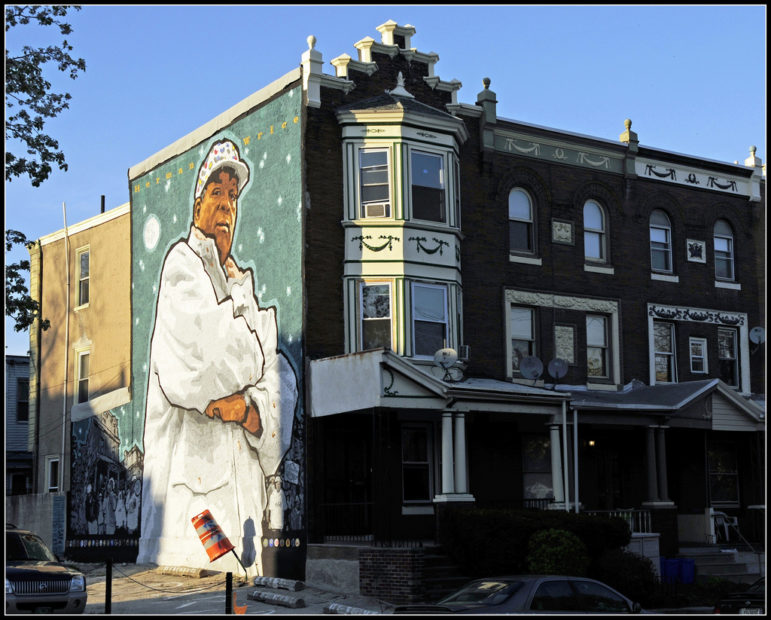
October 24, 2016; Miami Herald
Last week, a group of 350 artists, organizers and nonprofit arts leaders gathered in Miami’s Little Haiti, described in the Miami Herald article as “one of the newest neighborhoods to be caught between the needs of a mostly low-income community and developers (and artists) hungry for new space.”
Now, artists and arts groups increasingly feel like drivers of their own demise, briefly used as window dressing to lend cultural cachet and boost property values in what has become a real estate formula.
The occasion was the 2016 Common Field Convening Miami, and about one-fourth of the attendees were locals, with others coming from across the U.S. for the second annual gathering hosted by Common Field. The group has been percolating for some time, but officially launched with its first “Convening” last fall in Minneapolis. It describes itself as “a visual arts organizing network connecting contemporary, experimental, noncommercial artist-run and artist centered spaces and initiatives.”
NPQ’s nonprofit newswire has previously reported on the challenges of affordable housing for artists, and the well-documented cycle of artist-driven urban renewal, which typically leads to artists being priced out of the neighborhoods they have helped to revive. This is sometimes referred to as “the SoHo effect.” One positive trend has been toward developing permanent affordable housing for artists; Minneapolis-based Artspace has been at the forefront of that movement, beginning in the late 1980s in Minnesota, but now gaining traction in other cities and states, too.
At the Miami event, the challenges associated with artists being forced to move out of the places they have made their homes in certainly was addressed. Consider artist David Rohn, who “has settled in and been priced out of 10 neighborhoods on two continents, from New York to Paris to Miami. In Miami, he now has a studio in Little River, the next ‘hot’ neighborhood, and Rohn wishes it would cool down.” As Rohn describes his own experience,
Sign up for our free newsletters
Subscribe to NPQ's newsletters to have our top stories delivered directly to your inbox.
By signing up, you agree to our privacy policy and terms of use, and to receive messages from NPQ and our partners.
It used to take a long time to go from artist studio to artist bar to gallery. These cycles have gotten faster and faster, and now it’s a formula. Before Little River could be an arts neighborhood…these developers have already moved in and swept up everything. In the old days, artists had community. Now we’re like a bunch of refugees being pushed from one neighborhood to another.
What is especially interesting about the conversation in Miami is that it also explored the flip side of the SoHo effect—namely, the complicity of artists in the gentrification process, and the impact this has not only on the artists themselves, but on other residents of neighborhoods that are being gentrified. The Miami Herald article referenced a discussion at the Common Field Convening on “artwashing”—a term for “adding a cultural sheen to a developing neighborhood.” The article also noted, “Artists find themselves in the uncomfortable and confusing position of feeling as if they have become inadvertently complicit in driving gentrification, even as they are also being victimized by the trend.”
Or as one participant, Michelle Lisa Polissaint of the nonprofit arts magazine the Miami Rail, noted…
We often find ourselves in the middle. We’re in the same financial place as the community, but we have the power to infiltrate these spaces with the elite, though we’re not part of the elite. Are we responsible for this, and what part do we play?
Other types of nonprofits also have been caught up in gentrification, perhaps most notably in San Francisco, as NPQ has previously reported. But no other subset of the nonprofit sector is as closely linked as the arts community with gentrification, or what the Miami Herald article describes as “the complex dance of mutual exploitation between artists and real estate.”
Common Field Convening Miami did not identify any easy answers to the thorny questions that were asked. But participants did seem to agree that artists need to be asking these questions and working with others in the community to find solutions. As noted, “After all, if artists, in searching for a way to survive and create, could (inadvertently) invent gentrification, maybe they could come up with its successor.”—Eileen Cunniffe











